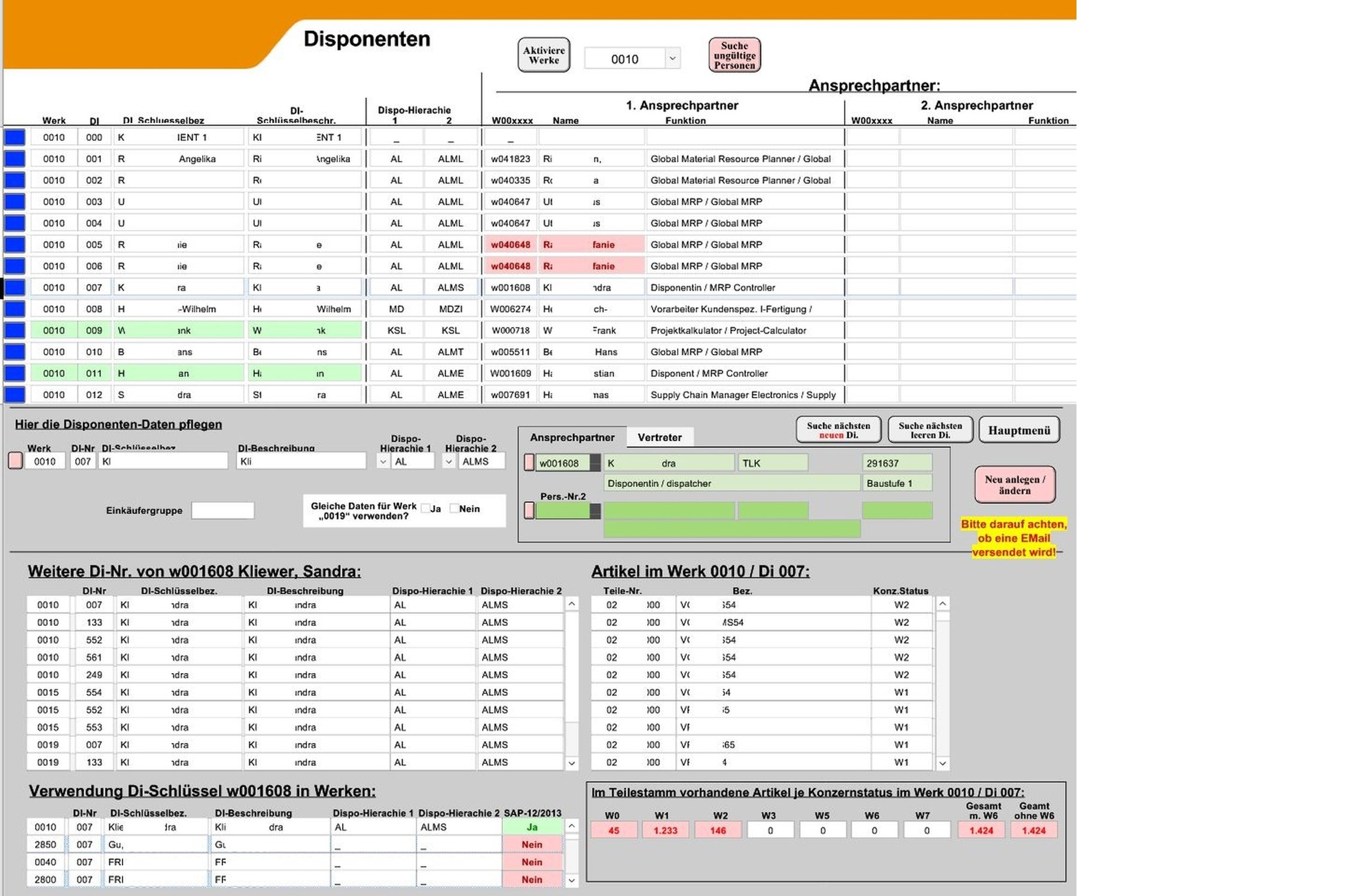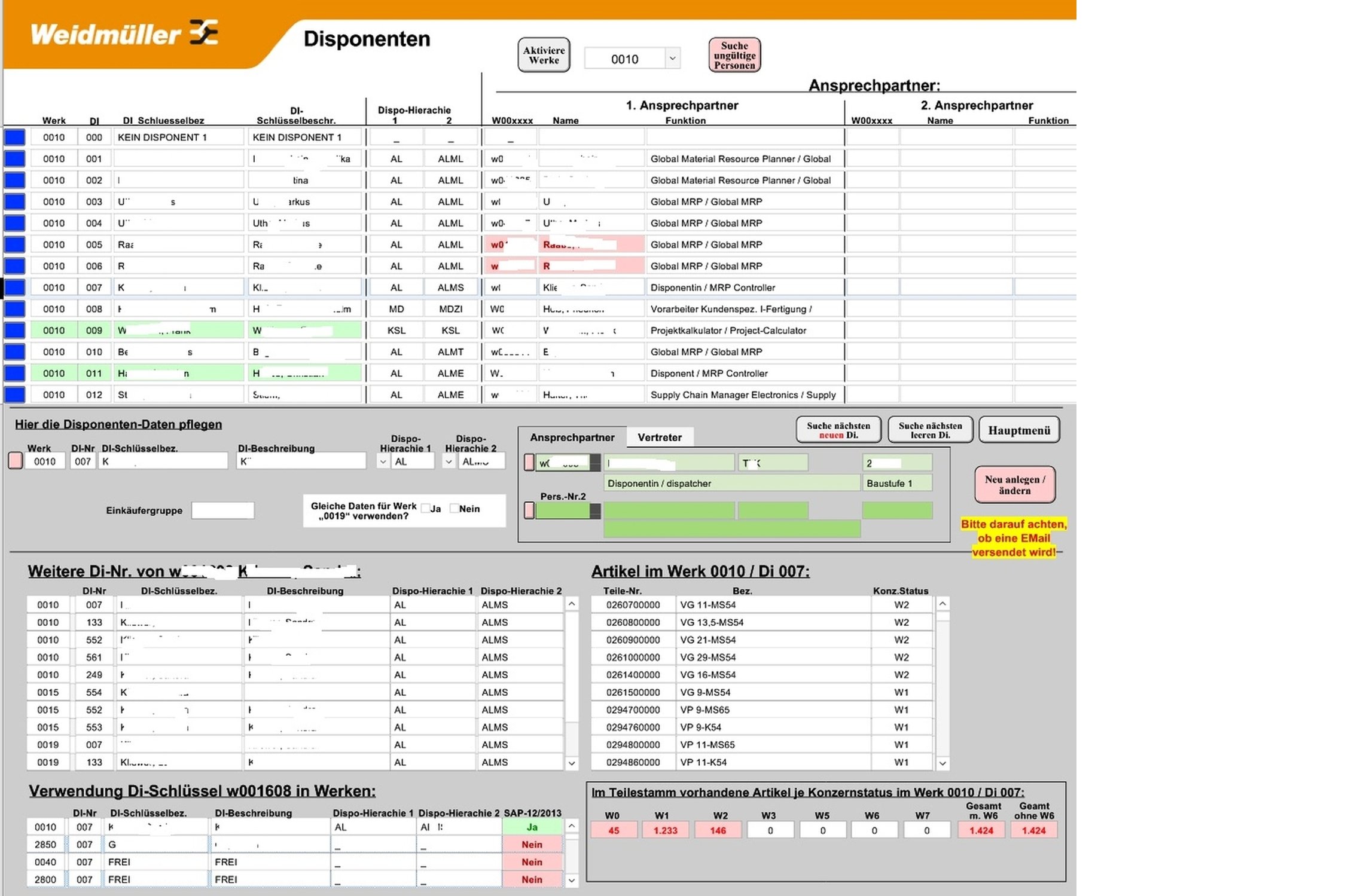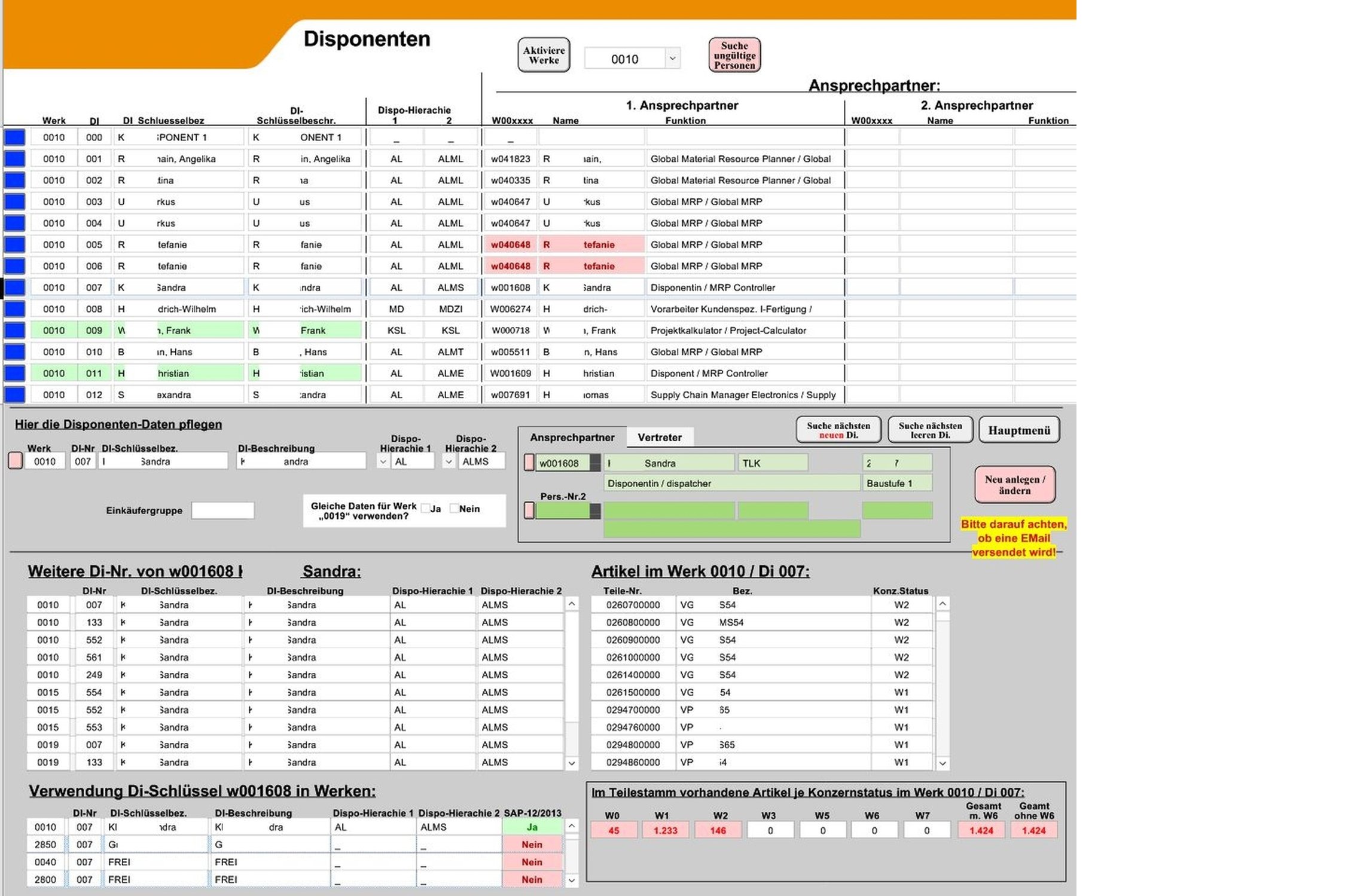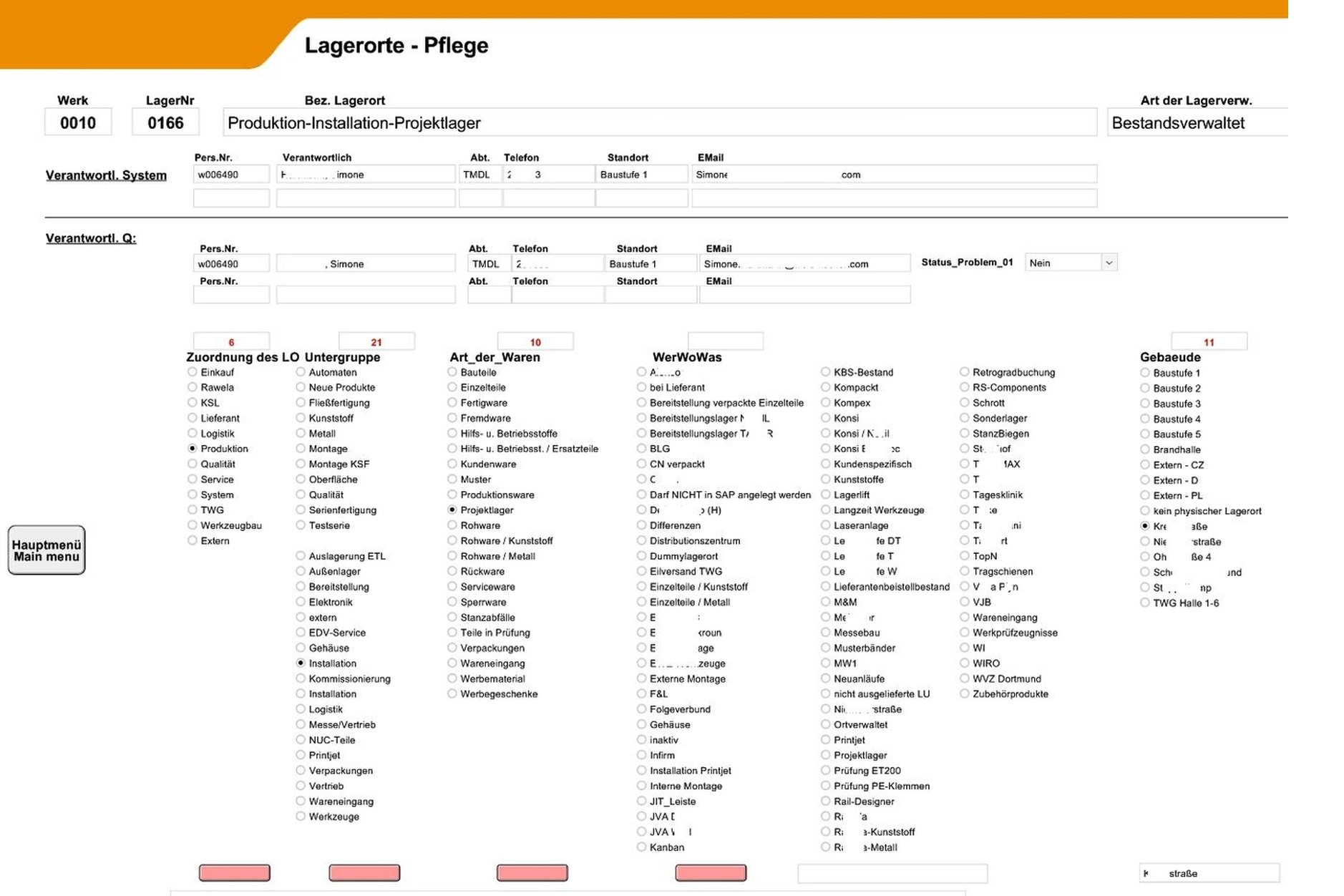Structured reference tables for various topics
Problem definition:
An IT magazine claimed at the time that up to 40% of company-relevant data was only available in Excel form and that central IT had no organized access to it. In addition to that the data is stored decentralized in various places all over the file system. These files are mostly unknown to many users and not accessible due to missing access rights. Other applications and systems cannot access or use them.
This may not be the most important data that is essential for maintaining business processes, but it is often the data that makes the subtle difference between satisfactory performance and very good performance. In the past, it was often data that significantly supplemented the information in the leading ERP system because it could not be stored in the ERP as the standard did not provide for this. As a result, employees documented this information for themselves and their colleagues in Excel sheets with the previously mentioned problems.
Situation before:
N/A
Situation afterwards:
It was therefore important to convert the data into a database format, as this would better support the standardization and maintenance of the data, which could then be used in different database applications. The existence of the data was visible to many, due to the entries in the corresponding menus.
In addition, sub-processes could be structured and organized much more granularly. The higher-level structural data was automatically updated from the ERP and could therefore be kept up to date without a great deal of maintenance work.




